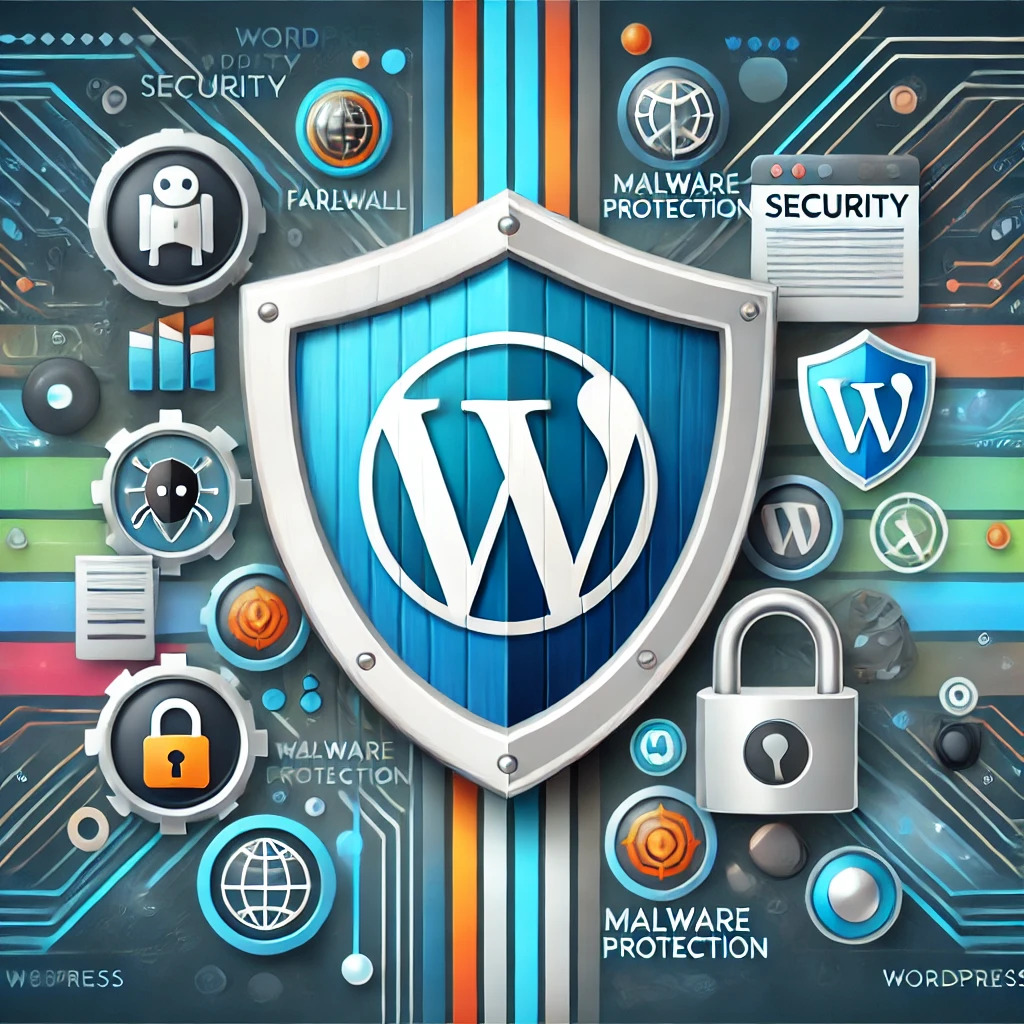But don’t worry, I’ve got you covered. This guide will walk you through everything you need to know about WordPress security—from basic steps to advanced strategies—so you can protect your hard work, maintain your credibility, and sleep a little better at night.
Imagine this: You’ve spent hours perfecting your site—polishing every page, tweaking every plugin—and one morning, it’s gone. Hacked. Defaced. Or worse, infected with malware that scares away visitors.
It’s a nightmare, right?
Well, the good news is, this can be prevented. By taking some proactive steps, you can protect your WordPress site against most attacks, including brute force attacks, malware injections, and phishing schemes.
Your host is the foundation of your WordPress site’s security. A quality hosting provider can make all the difference. Look for hosts that:
Get the Latest Article Updates via WhatsApp
Thank you! You will receive article updates via WhatsApp.
An error occurred. Please try again.
- Offer SSL certificates for free (you’ll learn more about SSL later).
- Have robust server-level security, like firewalls and DDoS protection.
- Provide daily backups and 24/7 customer support.
Pro tip: Managed WordPress hosting options like SiteGround, Kinsta, or Godaddy are excellent choices because they specialize in WordPress security.
2. Keep WordPress Core, Plugins, and Themes Updated
Let’s get one thing straight: outdated software is an open invitation for hackers. WordPress, its themes, and plugins are frequently updated to patch vulnerabilities. Ignoring these updates? That’s like leaving your front door unlocked.
Here’s what you need to do:
- Enable automatic updates for minor WordPress core releases.
- Regularly check for updates to your themes and plugins.
- Only install plugins and themes from reputable sources, like the WordPress repository or trusted developers.
Quick tip: If you’re juggling multiple sites, consider using a tool like ManageWP to oversee updates across all your WordPress installations.
3. Use Strong Passwords and Two-Factor Authentication (2FA)
Weak passwords are the Achilles’ heel of most websites. To strengthen your WordPress security:
- Create strong, unique passwords for your WordPress admin, hosting account, and database. Use a password manager like LastPass or 1Password to store them.
- Enable Two-Factor Authentication (2FA) to add an extra layer of protection. Plugins like Google Authenticator or Wordfence make setting this up a breeze.
Fun fact: A 2023 study revealed that 81% of hacking-related breaches were due to stolen or weak passwords. Don’t let yours be one of them.
4. Secure Your Login Page
Your login page is a common target for brute force attacks. Hackers attempt to guess your username and password repeatedly until they get in. You can protect yourself by:
- Changing the default login URL. Instead of
yoursite.com/wp-login.php, use a custom URL with plugins like WPS Hide Login.
- Limiting login attempts. Plugins like Login LockDown or iThemes Security can block users after a set number of failed attempts.
5. Install a Security Plugin
If you’re not a security expert (and let’s be honest, most of us aren’t), a good security plugin is like having a watchdog for your site. Some of the best options include:
- Wordfence Security: Offers firewall protection and malware scanning.
- Sucuri Security: Provides monitoring, malware removal, and DDoS protection.
- iThemes Security: A comprehensive solution with features like file change detection and 2FA.
Personal tip: Start with a free version to test the waters, and if your site grows, consider upgrading to premium for extra features.
6. Enable HTTPS with SSL
Have you noticed the little padlock icon in your browser’s address bar? That’s HTTPS, and it’s powered by SSL (Secure Socket Layer). Not only does it encrypt data between your site and visitors, but it also boosts your SEO rankings.
Most hosting providers offer free SSL certificates, but if they don’t, use Let’s Encrypt to secure your site.
Backups are your safety net. Even with top-notch security measures, things can go wrong. Regular backups ensure you can restore your site to its previous state without losing precious data.
What to back up:
- Your WordPress database.
- Core files, themes, and plugins.
Use plugins like UpdraftPlus, BackupBuddy, or VaultPress to automate the process.
8. Protect Your Site with a Web Application Firewall (WAF)
A Web Application Firewall acts as a barrier between your site and malicious traffic. It filters and blocks harmful requests before they reach your site. Services like Cloudflare and Sucuri Firewall are excellent choices for this.
9. Monitor for Malware
You can’t fight what you don’t see. Regular malware scans will help you detect and remove threats before they cause damage. Most security plugins come with built-in scanning features, but tools like MalCare specialize in malware detection and cleanup.
10. Regularly Review User Roles and Permissions
If you work with a team, be cautious about who gets access to what. WordPress has predefined roles (Administrator, Editor, Author, Contributor, Subscriber), each with specific permissions.
- Only assign Administrator access to trusted users.
- Regularly review and remove inactive accounts.
11. Disable Directory Listing and File Editing
Directory listing lets hackers see the contents of your directories if there’s no index.html file. You can disable it by adding this line to your .htaccess file:
Similarly, disabling file editing in your WordPress dashboard can prevent unauthorized changes. Add this to your wp-config.php:
define('DISALLOW_FILE_EDIT', true);
WordPress security isn’t a “set it and forget it” deal. Stay updated by following blogs like WordPress.org Security, Sucuri Blog, and WPBeginner.
Securing your WordPress site doesn’t have to be overwhelming. By implementing the strategies I’ve shared, you’re already miles ahead of most users. And remember, you don’t need to be an expert to take control of your site’s security—you just need the right tools and a proactive mindset.
So, what’s your next step? Start with one or two tips from this guide and build from there. Trust me, your future self (and your visitors) will thank you.



